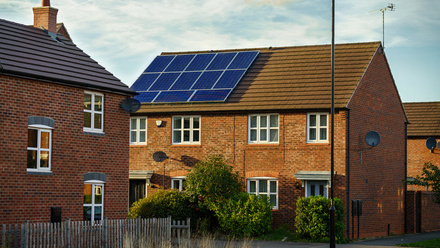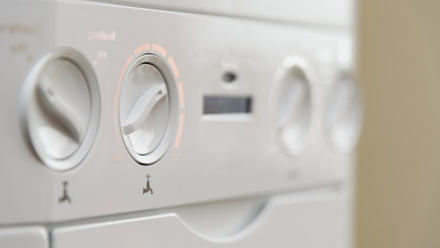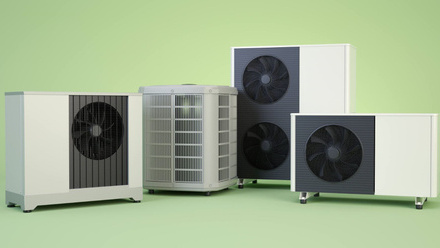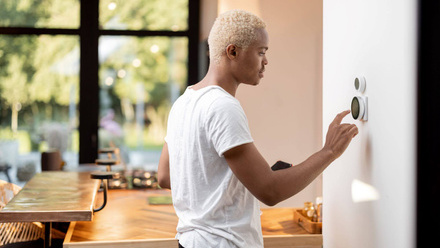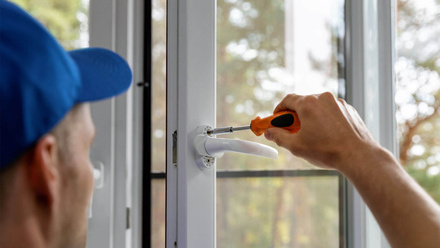There are lots of reasons why upgrading your home’s eco-credentials is a good idea. Firstly, and perhaps most obviously, it is something all of us can do to benefit the planet. But there are other benefits too, including the fact that making changes – even small ones – will lower your energy bills and make for a warmer, more efficient living environment. It can even give your mental wellbeing a boost, too.
Here, we offer our top 10 tips to making your home more sustainable, whether you’re building from scratch, renovating or simply carrying out an eco-friendly update.
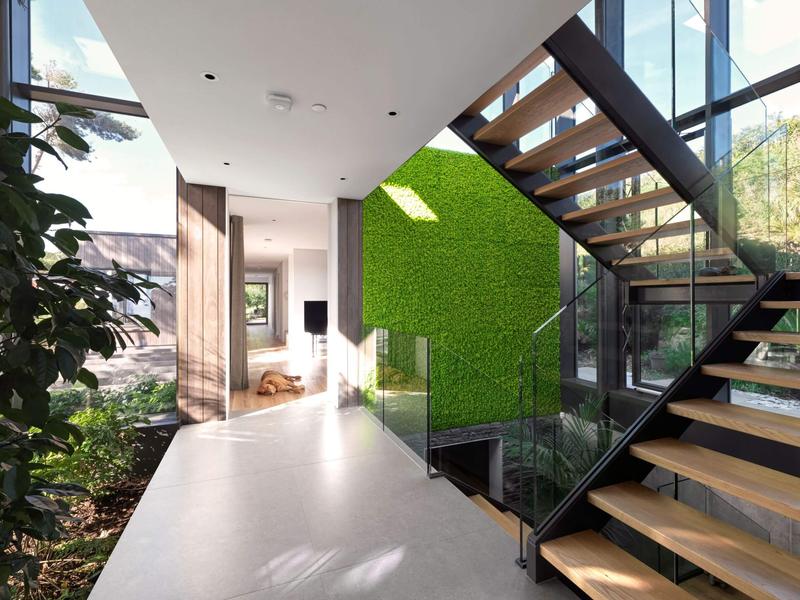
What is a sustainable home?
Sustainable homes are designed to have as low an impact on the environment as possible. There are 5 key rules to achieving sustainability:
- Take a ‘fabric first’ approach to design.
- Use as few environmental toxins as possible.
- Build in features to ensure optimum energy efficiency.
- Make the best use of naturally occurring sources of heat and light.
- Reuse materials where possible and avoid waste.
Making your home more sustainable
To help you follow these five key sustainability rules here are 10 essential tips, covering everything from a new paint job to renewable energy systems.
1. Take a ‘Fabric First’ approach
When architects and design professionals talk about taking a ‘fabric first’ approach to new builds, what they mean is that the design of the house itself will maximise the performance of the building – the materials and components, the positioning of windows and doors, and orientation are given priority over mechanical and electrical features that can enhance energy efficiency (such as solar panels). For existing homes, think about the upgrades that might be needed across the whole house to improve overall efficiency.
2. Reuse what you have
This is a simple measure that can be applied whether you’re building from scratch, extending or renovating. Reusing and recycling existing building materials or items of furniture can also result in some of the most characterful and creative design schemes. It might be that you decide to reuse bricks from a section of the house you have demolished or rescue old timber floors. Perhaps you could get crafty and upcycle a dated piece of furniture using paint or a new cladding material. If you’re fitting a new kitchen, take a look at the existing unit carcasses – if they’re in sound condition, reuse them and simply buy new doors and worktops. Not only is this a great route to a more sustainable home but it will also save you money.
3. Use Low VOC Paints
When it comes to decorating your home, opt for low VOC paints – there is now a huge range out there and the colour choice is vast.
Low VOC paints contain fewer Volatile Organic Compounds (VOC) than regular paints. VOCs are chemical compounds found in all kinds of products and are potentially damaging to health and the environment.
In the case of paint, VOCs are not only released when the paint is being applied but continue to be released in the years that follow.
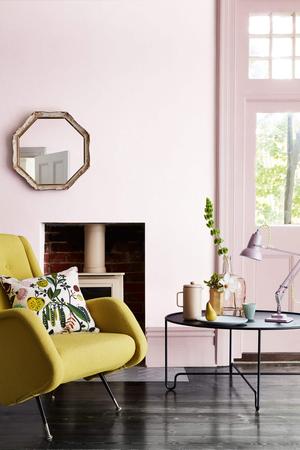
4. Buy a used kitchen
Buying a second-hand or ex-display kitchen not only reduces waste, it could also save you thousands – in some cases a used kitchen will come in at 50%-70% lower than the Recommended Retail Price (RRP). There are now several big suppliers out there offering preloved kitchens – and some of these will come complete with appliances and worktops.
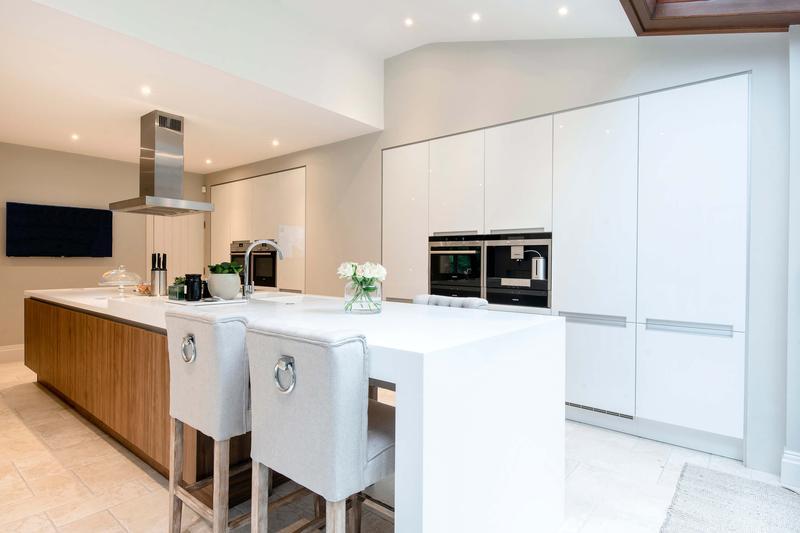
5. Shop local
Wherever possible, it makes sense to buy locally produced and sourced building materials and products – transportation will be cut down, which will help to reduce emissions, and you’ll be supporting your local community too.
6. Upgrade your insulation
Adding and upgrading insulation is one of the most effective ways to improve a home’s sustainability as it helps to prevent heat from being lost through walls and floors, which also results in savings on heating bills. If you’re renovating a house, you should consider adding either cavity wall or solid wall insulation, depending on the construction of the building. You should also add loft insulation.
7. Update your windows
Replacing single glazing with double glazing will make a huge difference to the energy efficiency of your home. Double glazed windows help to keep the heat in a home by preventing draughts and heat loss through the window frame. As an added benefit, they can also help to reduce the volume of outside noise. Some people, particularly those building from scratch, choose to fit triple glazing – and this is likely to be essential if you are aiming for Passivhaus standards. However, bear in mind that triple glazing tends to cost 20% more than double and only really makes sense when combined with high levels of insulation and plenty of other eco features elsewhere in the house.
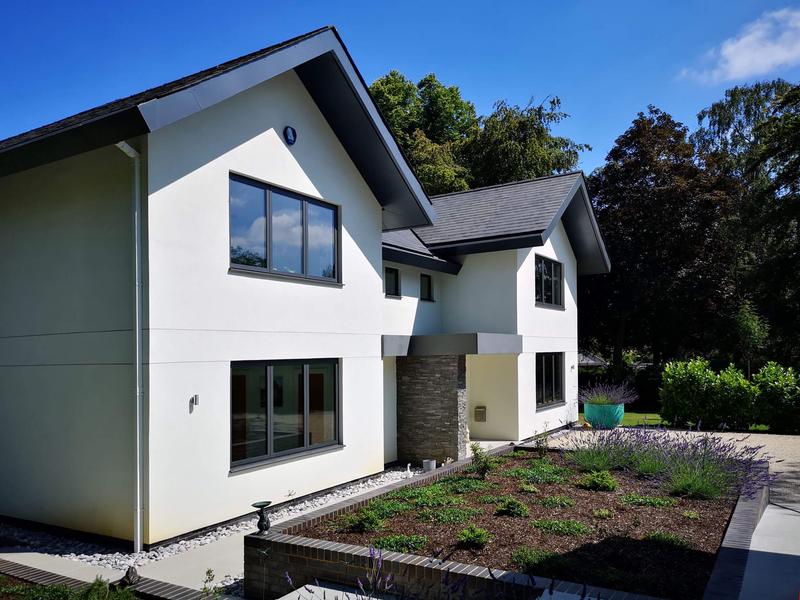
8. Consider renewable energy systems
If you’re serious about creating a sustainable home then you really need to take a look at some of the renewable energy systems out there – they are constantly developing. The term ‘renewable energy’ refers to energy derived from natural resources such as water, wind or the sun. Systems that use renewable energy include:
● Solar panels
● Biomass boilers
● Ground source heat pumps
● Air source heat pumps
It’s well worth checking out The Renewable Heat Incentive (RHI) – it was launched in 2014 and is coming to an end in 2022, so you need to be quick if you’re interested. It’s a government scheme promoting the use of renewables and offers payments for certain installations of renewable technology, paid back over a seven-year period. You can apply if you live in England, Scotland or Wales, but you must either own your home or be a private or social landlord to be eligible.
9. Choose log burning stove alternatives
If you were considering installing a fire into your home, you should seriously consider a log burning stove alternative for an eco-friendly option. Biofuel, gas and electric are more sustainable options.
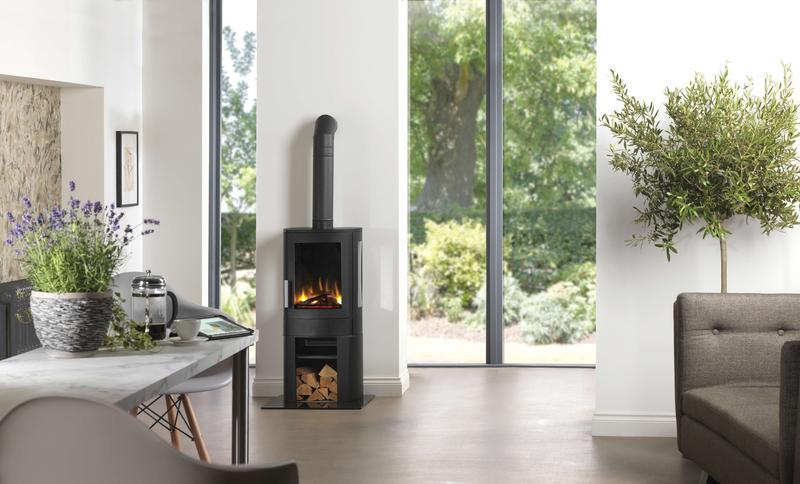
10. Install a rainwater harvesting system
Collecting rainwater to use elsewhere in your home is a brilliant way to cut down your mains water usage – even a simple and inexpensive water butt can significantly reduce the amount of water you use to water your garden in the dryer months.
If you want to go one step further, how about installing a rainwater harvesting system? According to Rainwater Harvesting Ltd, a rainwater harvesting system typically reduces mains water use by around 50%. Domestic rainwater harvesting systems work by thoroughly filtering collected rainwater before storing it below ground at a constant, cool, temperature, away from light. It can then be used for flushing toilets, washing machines and for outdoor irrigation.
Next steps
So there we have it, 10 smart ways to make your home more sustainable. Even if you can only tick off two or three of these tips, you’ll still be doing your bit for the environment – and potentially doing yourself a favour by reducing your utility bills too. If you’d like to dig a little deeper, comparethemarket.com have listed useful resources in their guide to green and eco-friendly renovations, and don’t forget to check out our ultimate guide to creating an energy efficient home.
Find the best eco product for your home
See our independent reviews for the latest advice on eco products for your home.


